Biot
Enjoy the peace and quiet of Biot, it's old town, the beautiful nature, and it's central location to plan great day trips.
Beautiful local sights and attractions
Discover a selection of the most beautiful places and attractions in Biot
History
Biot has a rich history that goes back almost 2,000 years, because it was founded by the Celts, and later conquered by the Romans. They built monument...
Read MoreClimate
Biot has a Mediterranean climate, with the following average temperatures per month: January 10 February 10 March 12 April 14 May 17 June 21 Ju...
Read More
THE BEAUTIFUL VILLAGE OF BIOT
The beautiful village of Biot is tucked in the south eastern corner of France between Cannes and Villeneuve-Loubet, about 40 kilometres from Monte Carlo. Perched high on a hilltop, overlooking olive groves and meadow of mimosa, Biot has lovely picturesque houses, narrow flower-filled streets and a character of days gone by... There has been a community in the area since prehistoric times and over the years there have been many different civilisations living there. In 154 BC the Romans settled in the exact spot where the village stands today – a place they occupied for 500 years. There is still much evidence of this period in the town's history. Little is known about the area after this time until 1209, when the Comte de Provence who owned the land, gave it to the Knights Templar. The knights lived in the château that can still be seen situated between La Place aux Arcades and the church. The knights bought much of the surrounding land during their time there. At this stage, Biot was just a small village with a church, some small chapels, La Place aux Arcades and a handful of houses. When the knights were suppressed, the ownership of Biot was passed to the Knights Hospitalier of St John and the Bishop of Grasse. During the 13th century, Biot was taken over by pirates and thieves so was deemed a place best avoided for many years. In 1470, several large families repopulated the village. Their names are still borne by the roads in the village centre – Rue des Béris, Rue des Sévoilles and Rue des Ardissons. It was during the 16th and 17th centuries that the area began to prosper, and this was despite two invasions!
Pottery industrie
The village experienced wealth brought by its agriculture and pottery making. A turning point came in the second half of the 16th century when the villagers specialised in making pottery jars. The fine local clay which contains volcanic ash was perfect for making the large Biotoise storage jars. Once the jars had been fired in the ovens, they were varnished on the inside to make them waterproof. The varnish was applied using a brush made from a reed bound with ladies' hair. These sizeable pots were used to store grain, olive oil and olives. During the 18th century, there were 40 potteries in the village with a total of 200 potters making up to 50,000 pots each year. There was great demand for the pots which were sold in Marseilles, Antibes and other French towns and also exported all over the Mediterranean as well as to America and India. By the early 19th century, the demand for the pots had diminished because of the invention of barrels and storage vats. Until very recently, there were a few potters still working in the village and the last one to finish trading made the many large decorative pots that can be seen in the alleyways. By the 19th century, the agricultural trade had diminished too, but within a 100 years agriculture was once again popular in Biot with two new specialisations – vine cultivation – which had begun in a small way two hundred years earlier and horticulture. Both are still successful because of the mineral rich volcanic ash in the soil. In 1956, Biot had grown into a small town and reached another turning point when Eloi Monod started making the Verrerie de Biot – a very distinctive style of traditional glass - with countless bubbles in it.

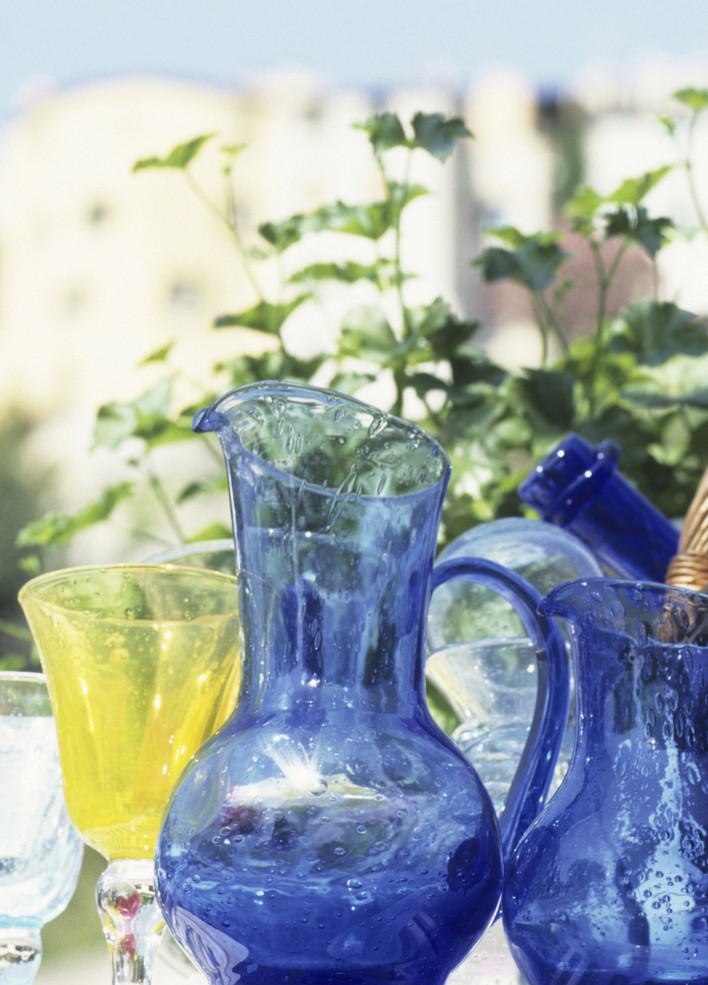
Verrerie de Biot
Eloi Monod trained many craftsmen in the town to make this style of glassware and business flourished. The workshop and gallery of La Verrerie (which is situated in the Chemin des Combes at the bottom of the town) is one of many glass workshops and is a fun place to visit in order to see this famous glass being blown and to join a tour to learn Eloi Momod's secret for filling the glass with those pretty bubbles – bicarbonate of soda is used! The finished result is a stylish piece of glassware either in clear glass or a dark colour which emphasises the bubbles. If you have always wanted to have a go at glass-blowing there is the opportunity to try which makes your visit extra special – but remember, the key to success is to blow and not breath in! By 1970, the business park Sophia Antipolis was built on the edge of the village – the very first technical park in Europe with a number of research centres including the INRIA Institut National de Recherche en Informatique et en Automatique and several high-tech companies. Today, Biot remains a delightful – and very picturesque - village perched on the hill top just three kilometres from the beautiful waters of the Mediterranean. Because of its relaxing Provençal ambience, it is a delightful place to stay and has some lovely holiday accommodations. Although Biot does have a very advanced side to its character, with its business park, a wanderer in its old centre is delighted as it has changed very little since Medieval times with its numerous winding cobbled lanes. There are two medieval gateways into the village – Porte des Migranniers and Porte des Tines – and the main street is the wide and leafy Rue Saint Sebastian which has several little street cafés.
Museums
The centre of the village is still Le Place aux Arcades which is very pretty with its terracotta buildings with brightly coloured window shutters and beautiful Gothic archways filled with bougainvillea and passion flowers. Not far away is the church which is surprisingly large inside and filled with beautiful artwork including a very special altar painting – La Vierge de Rosaire (the Virgin of the Rosary). The most famous of Biot's museums is the Fernand Léger museum which is also situated at the bottom of the town and is instantly recognisable by the huge brightly coloured paintings and mosaics on its facade. Léger (1881-1955) was a French painter and sculptor who has an instantly recognisable cubist style which he paints using primary colours. The building stands on land owned by the painter and it is filled with his distinctive work. Léger's paintings are a careful contrast between colour and shape and his figures are always very robot-like and are said to express the harmony that can exist between man and machines. The Musée d'Histoire et de Céramique Biotoises (History & Biot Ceramic Museum) traces the history of the village's famous pottery storage amphorae. There are several little art shops in the village including Galerie Gabel which has a rich diversity of different works and is run by knowledgeable staff. During the summer months there are regular art exhibitions held in the Place aux Arcades. This square is also where the weekly market is held selling fresh fruit and vegetables as well as beautiful fresh Provençal herbs and excellent olive oil.
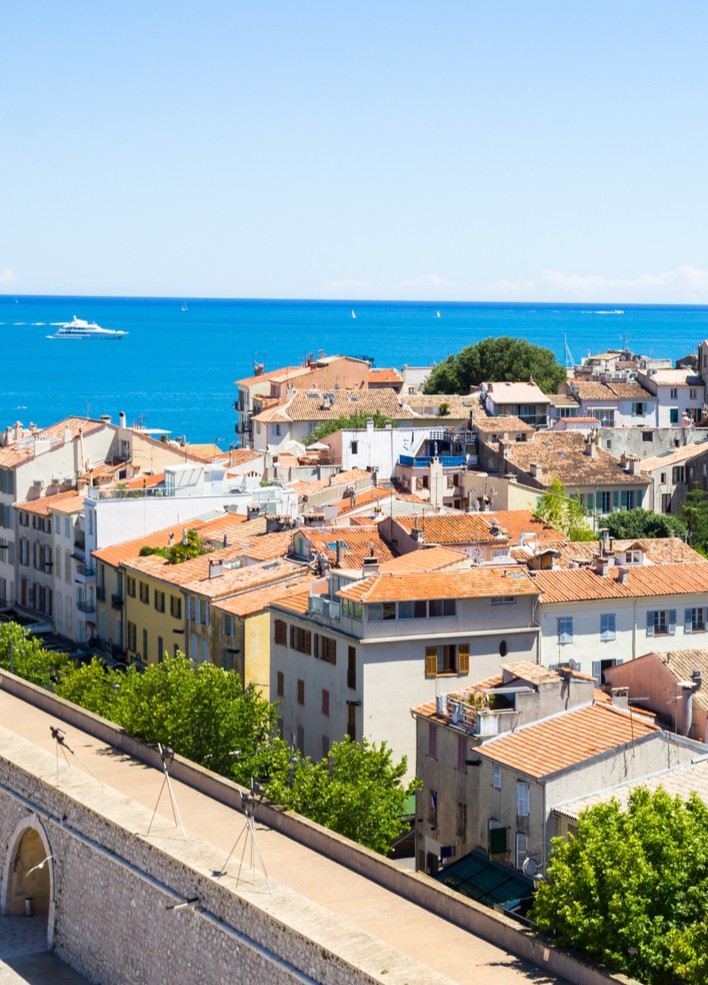
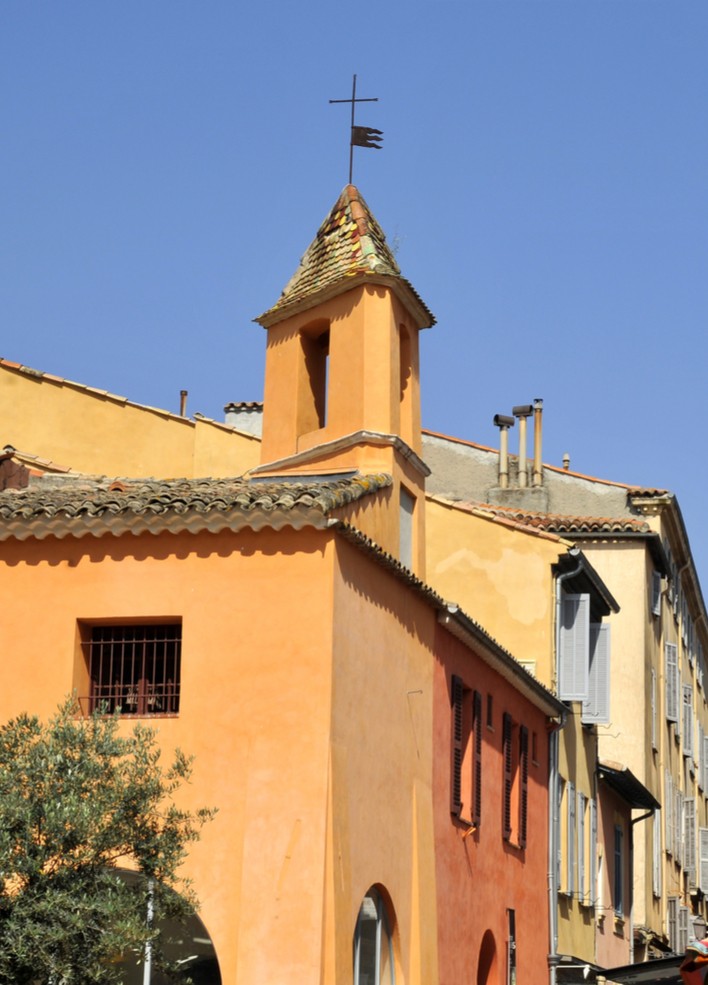
Musée Escoffier de l'Art Culinaire
For those who enjoy the sea, the coast is just three kilometres away. There is tennis, cycling and horse riding all available and there are seven really good hiking trails. A particularly enjoyable one is the Le Sentier de la Bruge which follows the river from Biot to Valbonne through the woods. A second trail explores the area around the ancient volcano that is situated about two kilometres north-west of Biot. South-west of the village are the delightful gardens Chèvre d'Or which are Italian in style with terraces, citrus trees and beautifully planted flowerbeds There are plenty of other villages to visit in the surroundings, including the nearby pretty Village of Villeneuve-Loubet that has the fascinating Musée Escoffier de l'Art Culinaire. Auguste Escoffier (1846-1935) was a top French chef and he was born in the building that houses the museum. He was very forward thinking and designed several clever kitchen gadgets that are now in everyday use – the originals can be seen on display plus many other items from his kitchen including recipe books- one detailing how to create meals on a budget. There is a display of his sugar craft and chocolate carvings too. A nice touch is that visitors are served a complimentary Pêche Melba (Peach Melba) and coffee at the end of their visit (June- September only). Other places in the wider area to visit include Antibes and Cap d'Antibes which are just eight kilometres away and the colourful cities of Cannes and Nice.
Plat du Jour - Plate/ menu of the Day
Biot has some lovely restaurants that are perfect for relaxing with a glass of wine and enjoying some good Provençal cooking. The oldest restaurant in the town is Les Arcades which is always busy with locals – a good sign! La Jarnier is situated in Passage de la Bongarde and has a lovely outside terrace which overlooks the valley. It offers a really reasonably priced Plat du Jour – Plate/ menu of the Day – which is a dining option that is well worth looking out for wherever you are in France. Another popular restaurant is the Michelin starred Les Terrailles which is situated in an attractive 16th century building on the edge of the village and has beautiful arcs in the inside dining area and La Pierre à Four is another choice, with its name referring to the oven stone made from the local lava rock that was used for making the ceramic ovens. A wanderer around the streets of Biot discovering its quirky buildings with unusual door knockers, stone clad steps and pet cats sitting in the doorways is really relaxing and can afterwards enjoy a glass of wine sitting in the sunshine... what better way to spend a holiday...?
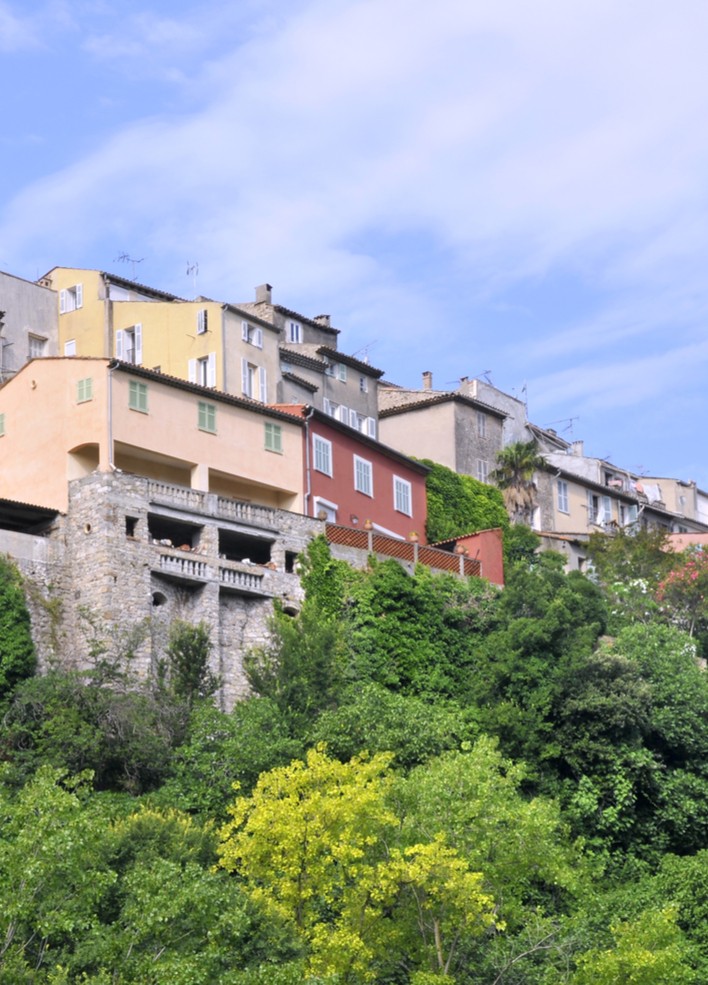
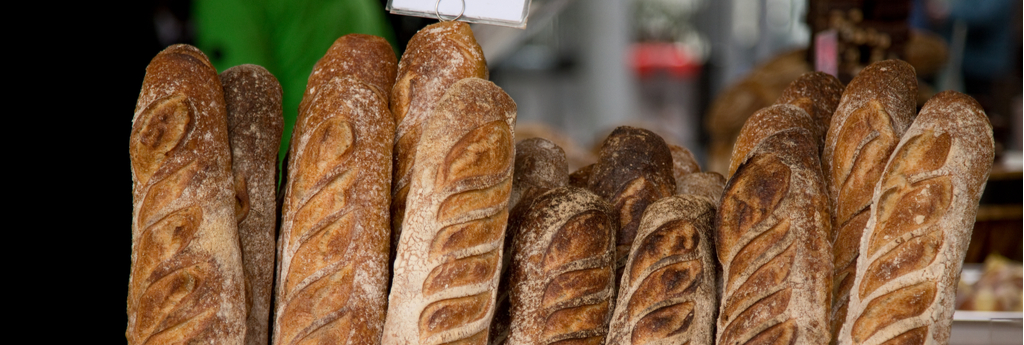
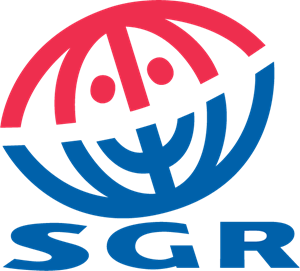

 EN
EN  NL
NL
 DE
DE
 FR
FR
